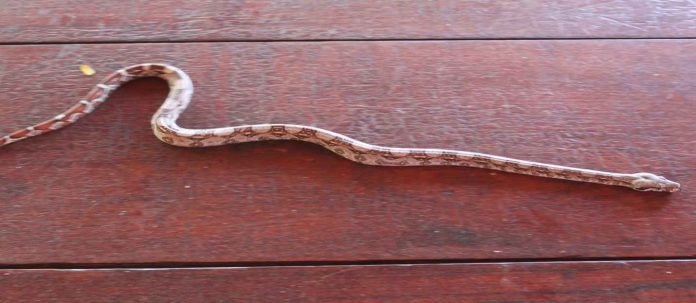The rapid adaptability of some introduced animal species that later became invasive on our continent has devastated great part of the original ecosystem and the new surrounding environments in which they found themselves.
Since the years of discovery when pets and domestic animals that went astray and survived, created a very negative impact if procreated and became successful. Traditional medicine, Ivory trade and the lucrative illegal business in exotic animals has devastating consequences. It is menacing to overturn decades of conservation gains in illegal wildlife trade, threatening to overturn decades of conservation gains.
The Boa
Representatives of the Boa family are found from northern Mexico, some Caribbean islands till Argentina. Of all the boas, constrictors can live in the greatest variety of habitats ranging from sea level to moderate elevation, including deserts, wet tropical forests, open savannas and cultivated fields. They are both terrestrial and arboreal.
Though common believe often imagine boa constrictors living in jungles, their habitats are actually much more diverse. When rainforests is their habitat, they mostly thrive at the edges of open spaces. They thrive in dry tropical deserts and semi-deserts, woodlands, scrub and farmlands.
Boa constrictors are not generally considered intentionally aggressive or vicious pets. The snake as pet is more or less indifferent to their owners. They are not considered significantly capable of showing any type of affection as mammals such as dogs and cats do.
Boa constrictors strike when they perceive a threat. Their bite can be painful, especially from large snakes, but is rarely dangerous to humans. Specimens from Central America are more irascible, hissing loudly and striking repeatedly when disturbed, while those from South America tame down more readily.
Aruba’s native bird species are under an alarming tread by the boa that came to our island about 20 years ago as a pet or maybe as a stowaway on an air plane or a ship etc. The first boa was discovered in 1999. Depending on its size, a mother boa can give birth to 30-50 live baby snakes at a time. With no natural predators on the island, the population has exploded dramatically in a very short time.
The bulk of their diet consists also of rodents, lizards and mammals as large as a big domestic cat has been reported to have been consumed. Young boa constrictors eat small mice, birds, bats, lizards, and amphibians.
Juvenile Boa constrictors feeds once a week, adults approximately every two weeks. Boas only hunt when hungry and fast during shedding or illness. Boas that has not eaten for three weeks can still be perfectly fine and fit.
To get to know more regarding Aruba’s and its origins, its animals culture etc. we highly recommend you to book your participation. Living our cultural encounter session is mind opening and entertaining curious hearts for decades. Mail us at etnianativa03@gmail.com. Our facilities and activities take place close to your place.















